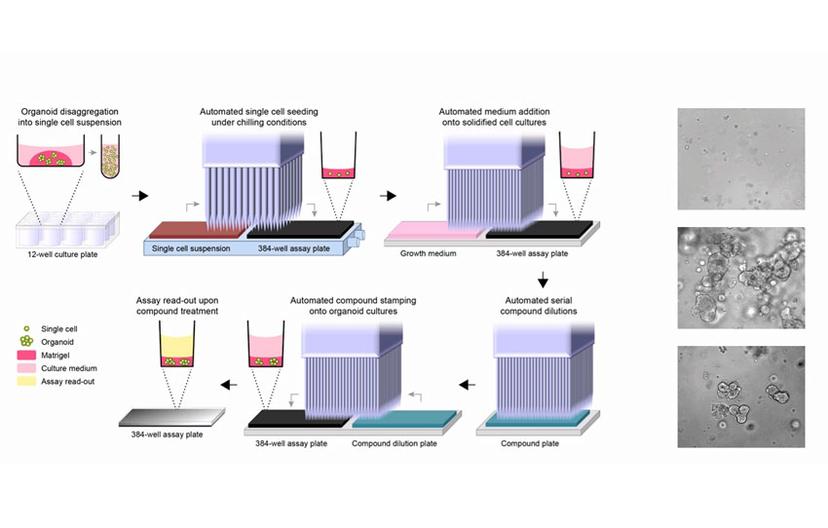Webinar Highlights: Using Patient-Derived 3D Cell Culture Models for Semi-Automated Drug Screening
Discover methods to advance the pre-clinical development of novel anti-cancer compounds
17 Nov 2017


Dr. Christian Regenbrecht, Founder and CEO, Cellular Phenomics & Oncology (CPO)
Dr. Christian Regenbrecht, Founder and CEO, Cellular Phenomics & Oncology (CPO), recently shared expert insights into how comprehensive patient-derived 3D cell culture models can be integrated into the pre-clinical development of novel anti-cancer compounds. Watch the SelectScience® webinar to learn about the benefits of using these cell cultures over adherent 2D cell lines, how they can be incorporated into a workflow for high-throughput screening, and examples of the use of patient-derived cell culture models in personalized oncology.
Watch the webinar on demand or read on for highlights from the Q&A session.
How long will it take for your research to be used in clinical practice?
That’s a good question. Currently we are working with partner clinics and university hospitals in Germany to design co-clinical trials where we can monitor the predictions from our 3D cell culture model studies alongside treatment of the patient by including our data in molecular tumor boards. We’re maybe five years or so away from the clinic – those who attended this year’s AACR meeting will have seen that there were at least three different keynotes where it was claimed that within five to ten years every comprehensive cancer center will have a facility for screening patient-derived 3D cultures to perform precision oncology.
When you tested the colorectal cancer cell organoids for microsatellite instability, did you compare this to spheroids as well and were they organized better or similarly to spheroids?
We did not compare them to spheroids – we performed some long-term cultures of the organoids and we were really surprised at how stable these cultures were in the cell culture dish. We could see that the genomic drift of the microsatellites was stable and DNA repair efficiency in tumors was very high – much higher than we were expecting.
When do you think you will have robust co-culture models?
What we already have is a set of matched 3D cell cultures together with T cells derived from the same patient. We are currently doing validation studies to see how reproducible the data is.
How useful are patient-derived 3D cell culture models to pharmaceuticals and how does it help personalized medicine?
I think this is highly relevant for the pharmaceutical industry. The American National Cancer Institute (NCI) has turned away from 2D cell culture testing for the NCI-60 panel and has switched entirely to patient-derived 3D cell culture models, so I think the importance of these kinds of models is acknowledged by regulatory bodies these days. I think it’s a big jump for pharmaceutical industries to dive into the 3D cell culture testing because it helps determine the efficacy of novel compounds as early as possible and therefore helps the decision-making progress in the pharmaceutical industry. For personalized medicines, we are designing co-clinical trials, and if I was diagnosed with cancer, if it was my opinion, I would never go undergo chemotherapy without cytotoxicity screening in my cancer cells.
